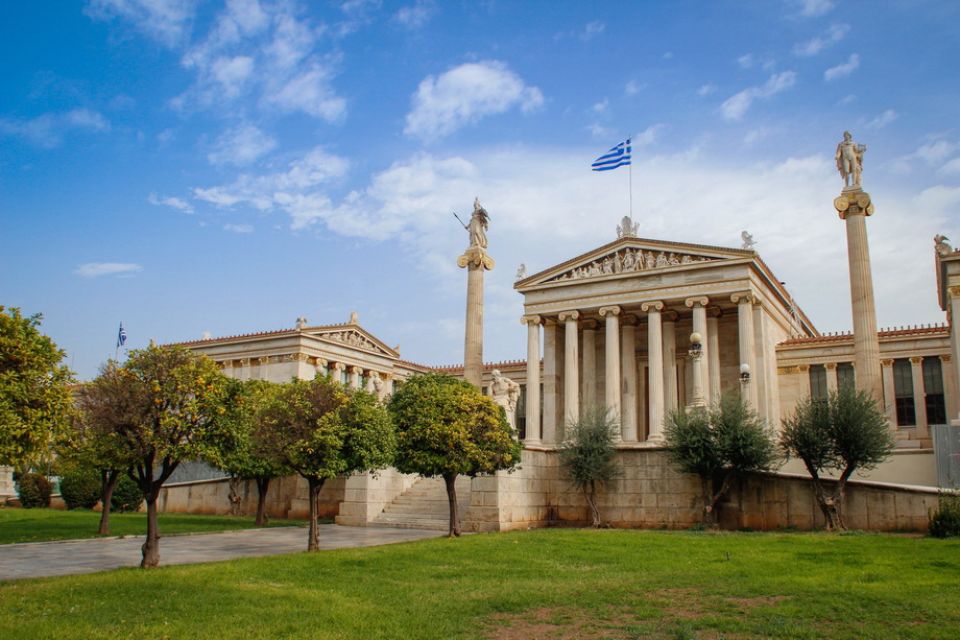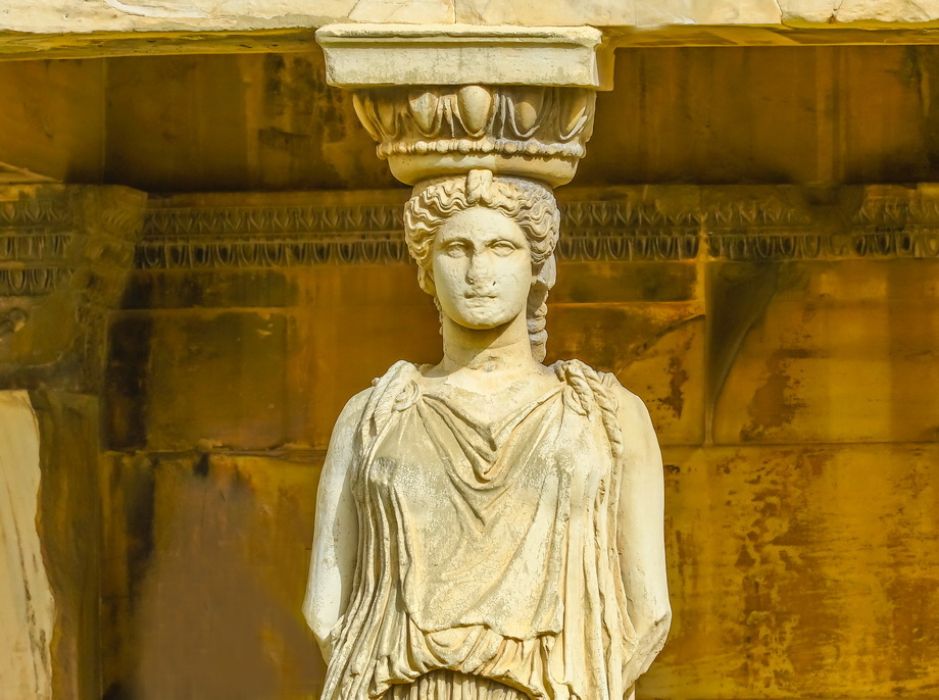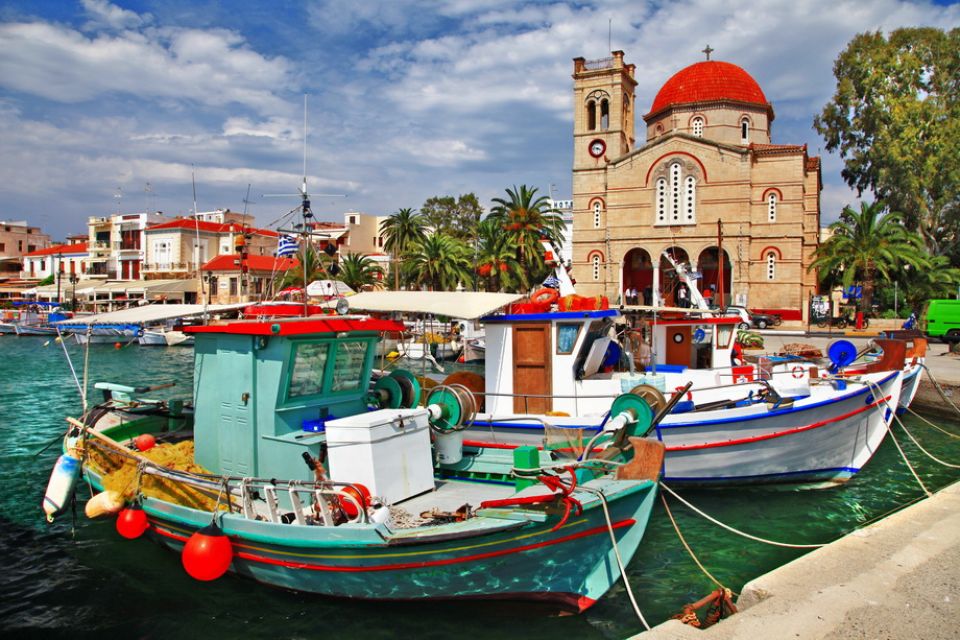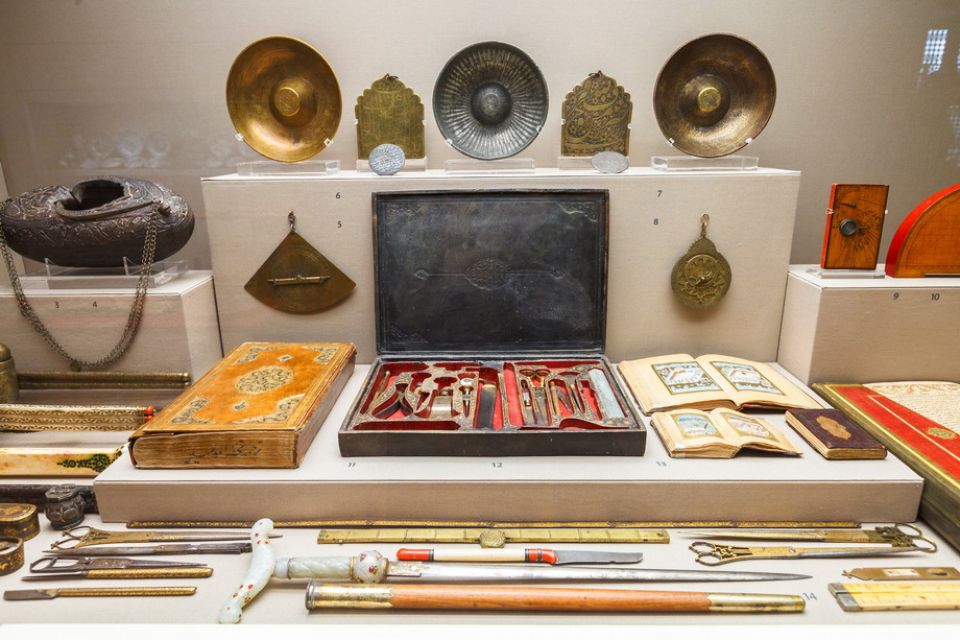


Transfer to the port of Piraeus and ferry to the island of Aegina (ca. 1 hour). Brief mythology trivia: Zeus, the father of the gods and a widely known philanderer, once abducted Aegina, the graceful daughter of the river god Acheloos. Sisyphus, King of Corinth, gave Zeus away to Aegina’s mournful father and as a result he was punished by Zeus for his betrayal. From myth to reality: The historic island Aegina with its precious relicts from glorious times is located in the center of the Saronic Gulf. After its release from the Turks at the beginning of the 19th century, Aegina town hosted the first independent Greek government. Nowadays, the island is not only known beyond the Greek borders for its fishermen and as a summer vacation place for the Athenians, but also for its high-quality pistachios which have fans worldwide… Almost the same popularity enjoy the Aeginian olives, wine and almonds.By bus we drive to the northeast side of the island, where the Temple of Aphaia stands on a densely forested hill. The very well-preserved building (510 BC) made of local chalkstone is thought to be the most perfect of the late Archaic times. The “Aeginites”, the marble gable figures of the temple found here in 1811, are one of the main attractions of the Glyptothek in Munich (they were taken by the royal family of Wittelsbachers to Bavaria). Further drive to the monastery of St. Nektarios (patron saint of Aegina), one of the most famous monasteries in Greece. During the time left we will have a delicious lunch at a traditional tavern of the island and then discover the city of Aegina. In the late afternoon, we will gather again and take the ferry back to Piraeus.
